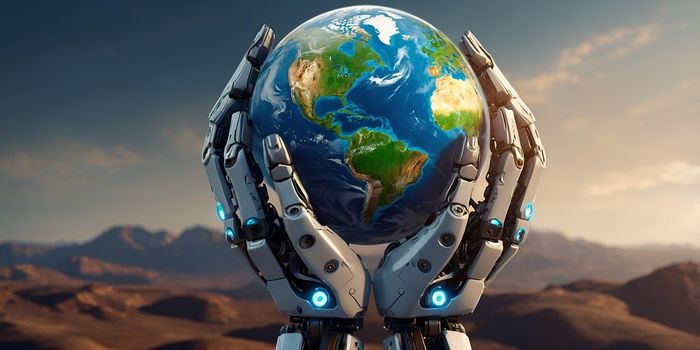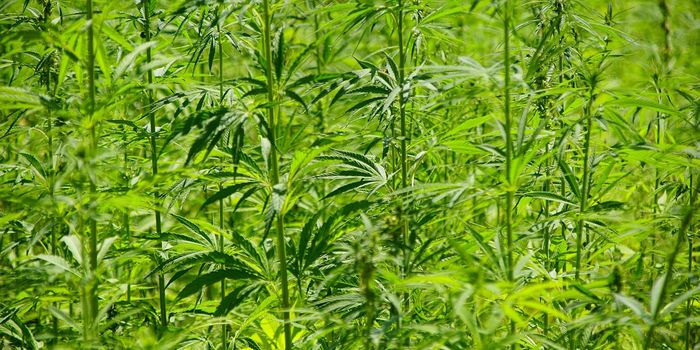Tens of thousands came to Washington's National Mall on Saturday to hear Gwen Stefani, Mary J. Blige and other pop stars, as well as the United Nations' secretary-general and the World Bank's
president, at a music-packed kickoff for 2015's Earth Day observances. "It is now the largest secular event in the world," Kathleen Rogers, president of the Earth Day Network, told NBC News. "We have over 1 billion participants from 192 countries."

"Is Earth Day still relevant? I think so," Rogers said.
The call to action that started with Earth Day has had a huge impact as well:
• Air: The EPA says aggregate emissions of six major air pollutants have dropped more than 60 percent since 1980.
• Water: Only about a third of American water was safe for swimming or fishingbefore the passage of the Clean Water Act in 1972. Today, that proportion has risen to about two-thirds.
• Land: Tens of billions of dollars have been spent since 1980 under the EPA Superfund program to clean up hazardous waste sites (although the cost has become increasingly controversial in recent years).
• Species: The bald eagle has become a poster child for the environmental protections added by 1972's restrictions on DDT pesticide use and 1973'sEndangered Species Act.
And yet, even Rogers acknowledges that the challenges facing the environmental movement are at least as daunting as the pollution woes that led to that first Earth Day 45 years ago.
"Back then, we could see it," she said. "Although there's still lots you can see - you can see landfills from space - what we have now is a much more insidious and harder-to-see problem called climate change."
(Source: NBC News)









